Imagine having a superpower — the ability to influence people’s thoughts, sway them to your point of view, and inspire them to take action. (In a positive way, of course!) 🦸
This is not a fantasy, it’s the power of persuasion. 🤝 Persuasion is a skill that is crucial for success in many areas of life, from business and marketing to leadership and personal relationships.
But the best part? Persuasion is a skill that can be learned. It’s not a secret gift reserved for a lucky few. It’s an ability that we can develop. By learning from the right minds, we can learn how to communicate more effectively and get more of what we want in life. Plus, learning persuasion also teaches us how to resist unwanted influence, like manipulation and propaganda. 📣
Here’s how we’ve carefully chosen this list of best books on persuasion:
- 👩💼 Expert Recommendations and Reader Reviews. The most highly rated and respected books, picked from 10+ hours of extensive research. (Check some of our references at the bottom.)
- 🛠️ Actionable Techniques and Strategies. Practical strategies and hacks that you can apply in your real life, whether at work or home.
- 🔬 Science-Based and Credible. From top experts, researchers, professors, and business leaders.
Table of contents
- 1. Influence by Robert Cialdini
- 2. Pre-Suasion by Robert Cialdini
- 3. Made to Stick by Chip and Dan Heath
- 4. Contagious by Jonah Berger
- 5. Building a StoryBrand by Donald Miller
- 6. Never Split the Difference by Chris Voss
- 7. Getting to Yes by Roger Fisher
- 8. To Sell is Human by Daniel Pink
- 9. Way of the Wolf by Jordan Belfort
- 10. Trump: The Art of the Deal by Donald Trump
- 11. How to Win Friends and Influence People by Dale Carnegie
- 12. Start With Why by Simon Sinek
- 13. Steve Jobs by Walter Isaacson
- 14. Crucial Conversations by Patterson, Grenny, McMillan, and Switzler
- 15. The 48 Laws of Power by Robert Greene
- 16. Thinking, Fast and Slow by Daniel Kahneman
- 17. Predictably Irrational by Dan Ariely
- 18. Nudge by Richard Thaler and Cass Sunstein
- 19. Propaganda by Edward Bernays
- 20. Atomic Habits by James Clear
Best for Marketing and Entrepreneurs
1. Influence by Robert Cialdini
—Robert Cialdini
What is Influence about?
What are the key takeaways?
- 🎁 Reciprocity: We feel obligated to pay back gifts and favours. When someone does something for us, we naturally want to do something for them in return. It's why free samples work.
- 🤝 Commitment and Consistency: We want to appear consistent with our past actions. This is why committing to a goal or action publicly can be such a strong motivator.
- 👥 Social Proof: We often look to the behavior and actions of others to determine our own behavior. This is the basis for trends, social media influence, and testimonials.
Why should you read it?
Is it worth reading? Reviews Summary
Influence is rated 4.7 on Amazon and 4.2 on Goodreads.
Positive reviews say: Scientifically backed — Insightful analysis — Practical examples
Criticism: Some examples outdated — May be manipulative — Repetitive writing
Key Takeaways:
- 👥 Social Proof. People often look to others to decide what they should do. This is why celebrity endorsements and positive reviews are so powerful in selling.
- 🕰 Commitment and Consistency. People strongly desire to appear consistent with their past behavior and beliefs. Get someone to agree to a small request or task, and they’ll be more likely to agree to larger, related requests in the future.
- 🔥 Scarcity. People perceive things as more valuable when they’re harder to get. Emphasizing limited availability creates a feeling of urgency, persuading people to buy a product.
My personal opinion? Influence is probably the greatest marketing book of all time. Once you really understand the 6 principles, you’ll never see the world the same way again. It may feel like seeing the Matrix for the first time. And Cialdini’s next book coming up is just as good…
2. Pre-Suasion by Robert Cialdini
—Robert Cialdini
What is Pre-Suasion about?
What are the key takeaways?
Why should you read it?
Is it worth reading? Reviews Summary
Pre-Suasion is rated 4.5 on Amazon and 4.0 on Goodreads.
Positive reviews say: Many readers found science-based insights they could apply to marketing and sales.
Criticism: Some said the science on subliminal priming mentioned in the book is doubtful.
Key Takeaways:
- 🔑 The Priming Effect. Small changes (or “cues) to our environment, can make us more receptive to a certain message.
- 🎯 Attention = Importance. When our attention is directed toward something, we automatically begin to perceive it as more important. This strategy is often used by politicians or media organizations.
- 🔗 The Unity Principle. We are more persuaded by those who are like us or are part of our ‘ingroup.’ Emphasize commonalities to enhance your persuasive power.
3. Made to Stick by Chip and Dan Heath
What’s it about?
Made to Stick unravels the mystery why some ideas and messages captivate us and “stick” in our minds long after we’ve heard them. If we want to craft powerful communication or marketing, Chip and Dan Heath say we should follow the 6 key principles of their “SUCCESs” model: Simplicity, Unexpectedness, Concreteness, Credibility, Emotional resonance, and telling compelling Stories.
Best quote:
“The most basic way to get someone’s attention is this: Break a pattern.”
Is it worth reading?
| ⭐️ 4.6 on Amazon | ⭐️ 4.0 on Goodreads |
| 👍 Positive reviews say: Many readers found the book’s ideas immediately useful and loved the concrete, real world examples. | 👎 Criticism: Some felt the ideas could have been explained in way fewer pages and much less repetition. |
Key takeaways:
- 💡 Simplify to the Core. This is about finding the most essential part of your message, and stripping out unnecessary details that dilute its power. My favourite is Walmart’s slogan “We sell for less.”
- 🕵️ Break a Pattern. Say something unexpected or surprising to capture and retain attention. Basically every movie is interesting because something unexpected happens. Think about that.
- 📜 Use Concrete Language. Make your ideas clear and specific to paint a vivid picture in the listener’s mind. Like Jesus’s parables talk about shepherds, sheep, mustard seeds, etc.
4. Contagious by Jonah Berger
—Jonah Berger
What is Contagious about?
What are the key takeaways?
- 🕶️ 1. Social Currency: Give people something to share that makes THEM look good - trendy, smart, or high status
- 😡 2. Emotional Impact: Evoke strong emotions like excitement or anger, and more people will share
- 🎭 3. Embed Storytelling: Information wrapped in stories is more engaging and shareable
Why should you read it?
Is it worth reading? Reviews Summary
Contagious is rated 4.6 on Amazon and 4.0 on Goodreads.
Positive reviews say: Insightful analysis of virality — Real-world examples of concepts
Criticism: Narrow focus within marketing — Basic for experts
Key Takeaways:
- 🗣️ Social Currency. We share things that make us look good or help us compare favorably to others.
- 🤔 Triggers. Ideas that are top of mind spread. Like a catchy jingle that comes up every time you think of a certain word.
- 🎉 Emotion. Emotion is a big driver in our decision to share. High arousal emotions like excitement or anger get us to pass things on.
5. Building a StoryBrand by Donald Miller
What’s it about?
Building a StoryBrand teaches a unique approach to marketing based on storytelling, so we can create a brand message that truly engages our customers. Donald Miller says that your business should be framed not as the hero of the story, but as a guide. Your job is to help your customer—the true hero—overcome an important problem in their own story.
Best quote:
“The most basic way to get someone’s attention is this: Break a pattern.”
Is it worth reading?
| ⭐️ 4.7 on Amazon | ⭐️ 4.3 on Goodreads |
| 👍 Positive reviews say: Many readers loved that complex marketing concepts were simplified into an actionable storytelling framework. | 👎 Criticism: Some said the book at times felt like a sales pitch for StoryBrand workshops. |
Key takeaways:
- 🏅 Customer as Hero. In the story of your brand, your company is not the hero. The customer is the hero. You exist to help them succeed in overcoming a problem.
- 🗺️ Be the Guide. Position your brand as the mentor in the customer’s journey, providing the necessary wisdom, tools, and confidence to conquer their challenges.
- 🚧 Clarify their Problem. Clearly identify the challenges faced by your customer. This creates urgency and amplifies the need for your solution.
Best for Negotiation and Sales
6. Never Split the Difference by Chris Voss
—Chris Voss
What is Never Split the Difference about?
What are the key takeaways?
- 🎯 Start With 'No': Don't be scared to hear the word 'no' in a negotiation. Being able to say 'no' helps the other person feel in control and at ease, so it's often a great way to start a discussion that is open and productive.
- 👥 Mirroring: Repeating the last few words your counterpart said can make them feel heard, and encourages them to keep speaking and revealing more information. For example, if they say, "We're looking for a deal that's beneficial for both of us," you might respond with, "Beneficial for both of us?"
- 😊 Labeling: Verbally acknowledging the emotions of your counterpart can de-escalate tension and lead to better understanding. For example, if they seem frustrated, you might say, "It seems like you're feeling frustrated about this situation."
Why should you read it?
Is it worth reading? Reviews Summary
Never Split the Difference is rated 4.7 on Amazon and 4.4 on Goodreads.
Positive reviews say: - Very practical negotiation tactics - Surprising psychology insights - Applicable to everyday life beyond just business
Criticism: - Promotes manipulation - Can learn more efficiently from the author's Youtube channel
7. Getting to Yes by Roger Fisher
—Roger Fisher William Ury Bruce Patton
What is Getting to Yes about?
What are the key takeaways?
Why should you read it?
Is it worth reading? Reviews Summary
Getting to Yes is rated 4.6 on Amazon and 3.9 on Goodreads.
Positive reviews say: Many say it is THE book to read on negotiation, required reading for many students in law or business.
Criticism: The writing can be sometimes dry and technical, in other words kind of boring.
Key Takeaways:
- 👂 Interests Over Positions. The best negotiators know how to listen between the lines. Instead of fixating on the demands (or “position”) the other side is taking, look deeper to uncover their real interests.
- 🥧 Expand the Pie. It’s not always about dividing the pie, sometimes you can make the pie bigger. Brainstorming can lead to alternative agreements that fulfill everyone’s needs even better.
- 📏 Find Fair Standards. You can resolve conflicts by pointing to objective measures and pre-existing examples. This means referring to accepted standards, norms, or precedents to decide what’s fair.
8. To Sell is Human by Daniel Pink
—Daniel Pink
What is To Sell Is Human about?
What are the key takeaways?
Why should you read it?
Is it worth reading? Reviews Summary
To Sell Is Human is rated 4.5 on Amazon and 3.9 on Goodreads.
Positive reviews say: A collection of useful tips, generally based on interesting psychology studies.
Criticism: The author dismisses traditional selling strategies, but was never in sales himself.
Key Takeaways:
- 👔 Non-Sales Selling. Everyone, no matter their job, has to persuade or “move” others in some way. It’s not just for traditional sales roles, but for anyone who wants to get their ideas across.
- 🎶 Get In Tune. The best sellers really listen to their buyers. They understand their viewpoint and needs. This way, they can offer something truly valuable.
- 🌊 Stay Afloat. A salesperson has to cross an “ocean of rejection”. Stay positive and resilient, and always be ready to learn from the ‘no’s and bounce back.
9. Way of the Wolf by Jordan Belfort
What’s it about?
The Way of the Wolf is a window into the world of sales at the highest levels, written by Jordan Belfort, the “Wolf of Wall Street” himself! His techniques are not just about selling, they’re about understanding people’s needs, projecting more confidence, and communicating with the right emotional tone.
Best quote:
“You see, people don’t buy on logic; they buy on emotion, and then justify their decision with logic.”
Is it worth reading?
| ⭐️ 4.7 on Amazon | ⭐️ 4.0 on Goodreads |
| 👍 Positive reviews say: – Excellent tips for professional salespeople and everyday communication – Straightforward to read and understand | 👎 Criticism: – Writing tone was overly ‘salesy’ – Author likes to use hyperbole and exaggeration |
Key takeaways:
- 🎬 Own the First 5 Seconds. People make snap judgments, so make your first impression count. Be goal-oriented, radiate positive energy, and quickly establish yourself as an expert in your field.
- 🗣️ Transfer Certainty. Selling is about transferring your certainty about a product or service into the mind of your prospect. This is done by building up your conviction and communicating it effectively.
- 🌫️ Address Uncertainty. To overcome objections, make the prospect is certain about three things: the product, you as the salesperson, and your company. They must see each of these as a 10 on a scale of certainty
10. Trump: The Art of the Deal by Donald Trump
—Donald Trump
What is The Art of The Deal about?
What are the key takeaways?
Why should you read it?
Is it worth reading? Reviews Summary
The Art of The Deal is rated 4.5 on Amazon and 3.7 on Goodreads.
Positive reviews say: Many valuable insights into the art of deal-making — A candid look at Trump's beliefs and life — Lessons on cultivating a risk-taking attitude and persistence
Criticism: Some disliked Trump's bragging and strong personality — Perceived some business tactics as dishonest — A strong reliance on 'gut instincts' which is difficult to learn
Key Takeaways:
- 🚀 Think Big. Trump encourages readers to set lofty goals and strive for them without apprehension, believing that big ambitions often lead to big successes.
- 🔮 Trust Your Gut. Trump promotes the idea of trusting one’s instincts when making business decisions, believing that our body’s intuition can be a reliable guide in uncertain situations.
- 💪 Use Leverage. Trump emphasizes tipping deals in your favour using any possible advantages, resources or information. (For example, consider negotiating a better deal on a car by leveraging the dealer’s need to meet sales quotas at the end of the month.)
A book about Trump is bound to spark some emotions, both positive and negative. All I can say is that before his whole political career, he was a famous business figure. And he knows a thing or two about making deals.
Best for Leadership and Communication
11. How to Win Friends and Influence People by Dale Carnegie
—Dale Carnegie
What is How to Win Friends and Influence People about?
What are the key takeaways?
- 🤝 The Power of Appreciation: Carnegie emphasizes the importance of genuine appreciation to win people over, rather than empty flattery.
- 👂 Listen More Than You Talk: Active listening is key. Showing genuine interest in others and listening to their stories and ideas can make you a more likable and influential person.
- 🌱 Encourage Others to Talk About Themselves: People love talking about their interests and experiences. Encouraging this can make them feel valued and more positively inclined towards you.
Why should you read it?
Is it worth reading? Reviews Summary
How to Win Friends and Influence People is rated 4.7 on Amazon and 4.2 on Goodreads.
Positive reviews say: Many people felt the book made them a better person and more empathetic leader.
Criticism: Some felt the advice was common sense, or that it promotes manipulation over authentic connection.
12. Start With Why by Simon Sinek
—Simon Sinek
What is Start With Why about?
What are the key takeaways?
Why should you read it?
Is it worth reading? Reviews Summary
Start With Why is rated 4.6 on Amazon and 4.1 on Goodreads.
Positive reviews say: Brilliant core concept — Inspirational message about clear leadership — Valuable insights into the success of Apple, Walmart, Southwest Airlines, etc.
Criticism: Repetitive writing — Overuse of certain examples (primarily Apple) — Lack of small business examples
Key Takeaways:
- 🎯 Discover Your Why. Identify and understand your purpose, cause, or belief that inspires you to do what you do. Ask: Why do we get up in the morning, besides money?
- 🌳 The Golden Circle. Start with ‘Why’ (your purpose), then ‘How’ (your process), and finally ‘What’ (your product) to create inspiring organizations and work.
- 🚀 Inspire With Common Values. Don’t ‘manipulate’ your employees and customers with incentives and sales. Instead, promote your ‘why’ to inspire people to become part of the common mission.
13. Steve Jobs by Walter Isaacson
—Walter Isaacson
What is Steve Jobs Biography about?
What are the key takeaways?
- 🌟 Reality Distortion Field: Steve Jobs transformed skeptics into believers with his unwavering belief in his vision and powerful communication skills. This often allowed him to achieve the impossible, against all odds and critics.
- 🎭 Genius Showmanship: Jobs's exceptional presentations turned Apple's product launches into legendary events. His ability to captivate audiences led to raving fans who would camp outside to get the latest iPhone.
- 🎧 Customer Experience Obsession: Jobs' intense focus on perfection led to iconic products with breakthroughs in user experience. He didn't just sell a device; he communicated a seamless experience, from the iPod and iTunes to the iPhone and App Store.
Why should you read it?
Is it worth reading? Reviews Summary
Steve Jobs Biography is rated 4.7 on Amazon and 4.2 on Goodreads.
Positive reviews say: People generally felt the book was well-written and shared many engaging stories from a fascinating life.
Criticism: Most of the negative comments were actually about Steve Jobs' personality, saying he was often a jerk.
Key Takeaways:
- 🌟 Reality Distortion Field. Steve Jobs’ uncompromising belief in his vision, often against all odds and critics, often allowed him to achieve things that seemed impossible.
- 🎭 Good Showmanship. Jobs understood the power of a great presentation and turned product launches into much-anticipated events. That’s why people often camped outside of Apple stores to get the latest iPhones.
- 🎧 Customer Experience Obsession. Jobs’ intense focus on perfection led to breakthroughs in user experience. This included seamless integration of hardware, software, and services—such as the iPod music player syncing with iTunes software on the Mac.
14. Crucial Conversations by Patterson, Grenny, McMillan, and Switzler
“When it comes to risky, controversial, and emotional conversations, skilled people find a way to get all relevant information (from themselves and others) out into the open.” —Crucial Conversations
What is the book about?
“Crucial Conversations” shows you how to handle tough discussions with grace and effectiveness. It will help you navigate those important moments where people disagree and emotions are strong. The book teaches us to foster open dialogue, create mutual respect, and encourage understanding. This way, conflicts can become opportunities for growth.
Why should you read it?
Ever imagined yourself smoothly navigating a tough conversation at work or home, like a diplomat brokering a peace treaty? 🌍✌️ Then “Crucial Conversations” is your secret weapon! This book is your guide to coming out on top in those make-or-break moments, whether you’re negotiating a raise, resolving a conflict, or discussing a sensitive topic with your partner.
Key takeaways include:
- 💡 Speak Persuasively, Not Aggressively: Share your thoughts in a way that is honest and respectful. Avoid making accusations or speaking in absolutes. Instead, use “I” statements and express your views without blaming or attacking.
- 👂 Listen Actively: Pay close attention to what the other person is saying without planning your response while they speak. Show that you understand their perspective, even if you don’t agree, to build trust and open dialogue.
- 🛡 Build Safety: When conversations become tense or difficult, work to create a safe environment where everyone feels comfortable sharing their true thoughts and feelings.
Is it worth reading? Reviews summary:
| ⭐️ 4.6 on Amazon | ⭐️ 4.1 on Goodreads |
| 👍 Positive: + Actionable strategies + Potentially life-changing + Useful both for work and home | 👎 Criticism: – Some points repetitive – Some ideas felt common sense |
15. The 48 Laws of Power by Robert Greene
What’s it about?
The 48 Laws of Power is a guide to understanding and navigating social dynamics for personal and professional gain. By examining historical examples, Robert Greene lays out 48 laws to amass, maintain, and understand power. It’s a compelling read for those interested in strategic thinking, influence, history, and politics.
Best quote:
“Do not leave your reputation to chance or gossip; it is your life’s artwork, and you must craft it, hone it, and display it with the care of an artist.”
Is it worth reading?
| ⭐️ 4.7 on Amazon | ⭐️ 4.2 on Goodreads |
| 👍 Positive reviews say: Highly educational content — Rich in historical anecdotes — Realistic view of human behavior | 👎 Criticism: Perceived as promoting immoral behavior — Potentially negative societal impact |
Key takeaways:
- 🎭 Never Outshine the Master. Always make those above you feel superior to maintain your position. Sometimes it pays off to give your boss the credit!
- 💡 Always Say Less than Necessary. Talking less and listening more keeps you in control and preserves mystery. This can be especially practical in business negotiations, where you don’t want the other side knowing your true limits.
- 💭 Conceal Your Intentions. Keep your plans secret to prevent others from sabotaging your progress. This one is pretty self-explanatory, I guess…
Best on the Psychology of Decision Making
16. Thinking, Fast and Slow by Daniel Kahneman
—Daniel Kahneman
What is Thinking, Fast and Slow about?
What are the key takeaways?
Why should you read it?
Is it worth reading? Reviews Summary
Thinking, Fast and Slow is rated 4.6 on Amazon and 4.2 on Goodreads.
Positive reviews say: Essential wisdom for understanding how we think and make decision — Written by a Nobel Prize winner
Criticism: Some felt the book is too long and tedious to finish reading — Certain examples given were dry and academic
Key Takeaways:
- 🧠 Two Thinking Systems. Understand that our mind operates in two systems – fast (intuition) and slow (rational) – and how they influence our decision-making.
- 🔎 The Anchoring Bias. Be aware that initial information (the anchor) can heavily influence our decisions, even when unrelated. For example, when negotiating a price, the first number mentioned often “anchors” the rest of the discussion, even if it’s unreasonably low or high.
- 🔄 The Availability Heuristic. Recognize that we often overestimate the likelihood of events that are easily recalled. (A major downside of watching the news—our minds are filled with memorable anecdotal stories, which often do not match the reality of the world. We end up overestimating the risks of everything.)
17. Predictably Irrational by Dan Ariely
—Dan Ariely
What is Predictably Irrational about?
What are the key takeaways?
- Relativity in Choices: We often make decisions relative to what is available rather than based on absolute value.
- The Cost of Zero Cost: Free offers exert a powerful influence and can lead people to make irrational choices that aren’t necessarily beneficial.
- Expectations Shape Experiences: Our expectations can alter our actual experiences, from the effectiveness of medications to the enjoyment of wines.
Why should you read it?
Is it worth reading? Reviews Summary
Predictably Irrational is rated 4.5 on Amazon and 4.1 on Goodreads.
Positive reviews say: + Entertaining and informative + Comprehensive overview of behavioral economics + Clear, understandable language
Criticism: Author’s conclusions often go beyond the scientific research data — Relies too much on experiments involving a narrow group (college students) — Male-centric tone
Key takeaways:
- 💡 Beware Relative Comparisons. Our perception of value is heavily influenced by comparisons and contrasts; be mindful to compare prices and value objectively, not just against what’s immediately available.
- 📈 The Power of Free. People often overvalue ‘free’ items, even when it’s not the best deal; evaluate options thoroughly, considering actual worth and not just the allure of ‘free’.
- 🔄 Endowment Effect. We overvalue things we own and can struggle to let go; try to view decisions from an outsider’s perspective to avoid this bias.
18. Nudge by Richard Thaler and Cass Sunstein
What’s it about?
Nudge explains how our decisions can be subtly shaped by the way choices are presented to us. Written by Richard Thaler and Cass Sunstein, it introduces the concept of ‘nudge theory’ within behavioral economics and encourages policymakers to design environments that lead people to make better decisions about health, wealth, and happiness.
Best quote:
“By knowing how people think, we can make it easier for them to choose what is best for them, their families and society.”
Is it worth reading?
| ⭐️ 4.4 on Amazon | ⭐️ 3.8 on Goodreads |
| 👍 Positive reviews say: Engaging and humorous stories — Helps us recognize nudges in real life — Insights into the design of public policies | 👎 Criticism: Overly theoretical rather than practical — No discussion about the politics and ethics of who gets to ‘nudge’ us |
Key takeaways:
- 🎯 Choice Architecture. How choices are presented to us can significantly influence our decisions. For example, students are more likely to eat healthy food in a school cafeteria if it’s placed at eye-level, while sugary snacks are harder to see or reach.
- 📝 Default Options. People tend to stick with the default choice, so setting beneficial options as defaults can help improve decision-making. One illustration: some countries make becoming an organ donor the default option when registering for a driver’s license, but you’re still free to opt-out.
- 💡 Libertarian Paternalism. It’s possible to guide people towards better choices without limiting their freedom to choose. This is the difference between a warning sign at the beach, cautioning people to be careful swimming, versus a strict law against it.
19. Propaganda by Edward Bernays
—Edward Bernays
What is Propaganda about?
What are the key takeaways?
Why should you read it?
Is it worth reading? Reviews Summary
Propaganda is rated 4.6 on Amazon and 3.8 on Goodreads.
Positive reviews say: Many said Propaganda should be read by everyone, to understand how society really works.
Criticism: Some found the book less interesting than expected, because almost all the examples are about business publicity.
Key Takeaways:
- 🏛️ The Invisible Government. Propaganda makes life in a democratic society more organized and practical. (Bernays defined “propaganda” differently than we do today, more as “public relations.”)
- 🤝 Win the Leader. Effective and influential propaganda campaigns make use of already existing social groups. They try to persuade the leader of a group to back their message. (Just like today we have influencer marketing or sports athletes being sponsored by major companies.)
- 🧠 Utilize Existing Mental ‘Clichés.‘ People carry around existing ideas about how the world is, oversimplified stereotypes called ‘clichés.’ Understanding these allows a propagandist to provoke a coordinated mass reaction.
Now, this last choice will seem unexpected, but the fact is: HABITS are the cornerstone of our lives. So to understand human decision-making, then you must understand how people form habits…
20. Atomic Habits by James Clear
—James Clear
What is Atomic Habits about?
What are the key takeaways?
- 📈 Get 1% Better Every Day: Aim for tiny daily improvements to see big changes over time
- ⚙️ Systems Vs. Goals: Prioritize your daily processes instead of just setting goals
- 🔄 The Four Laws of Behaviour Change: Make your good habits obvious, attractive, easy, and satisfying
Why should you read it?
Is it worth reading? Reviews Summary
Atomic Habits is rated 4.8 on Amazon and 4.4 on Goodreads.
Positive reviews say: Practical strategies, science-backed, focused on small changes
Criticism: Repetitive, similar ideas in other books
Key Takeaways:
- 🔄 The Compound Effect. Small, consistent actions accumulate into significant results over time. Just like the power of compound interest in investing.
- 🎯 Goals vs. Systems. Instead of only focusing on goals, prioritize processes of continuous improvement. Sustainable success comes from daily habitual actions, not big one-time achievements.
- 🛎️ Control Environmental Cues. Strategically place obvious cues, reminders or triggers around you to reinforce good habits. For example, putting your running shoes beside your bed can serve as an obvious cue to go jogging in the morning.
- Goodreads – Persuasion Shelf
- Goodreads – Influence Shelf
- Amazon – “Persuasion” books
- Harvard Business Review List
- Reddit – r/PersuasionExperts books
- Reddit – Best Social Engineering Books
- Reddit – r/Entrepreneur thread
- Reddit – r/suggestmeabook thread
- TheAdultMan List
- Up Journey List
- Master Influencer Magazine List
- Get Response List
- Scott Adams Persuasion Reading List
- Read This Twice List
- The Power Moves List
- Creative Boom List
- Active Campaign List
- Shortform List
- BookLab by Bjorn List
- ReadingGraphics List
- Most Recommended Books List

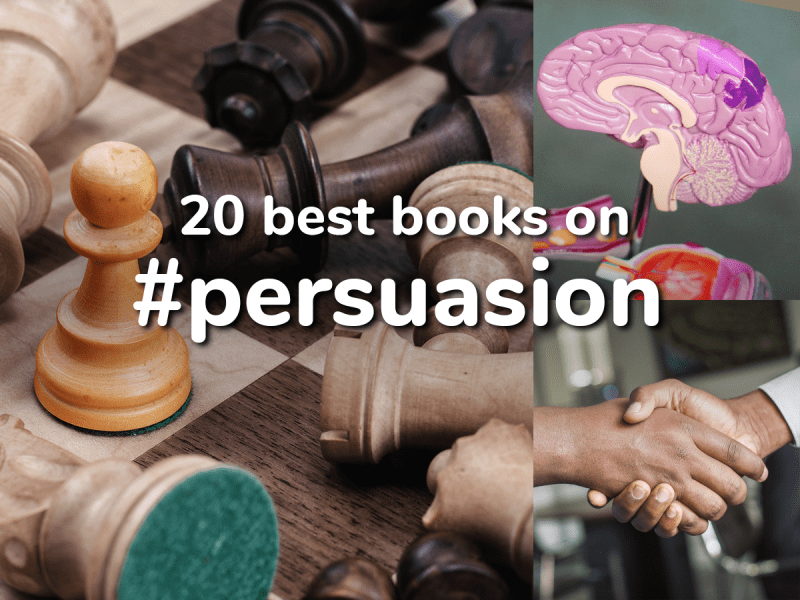
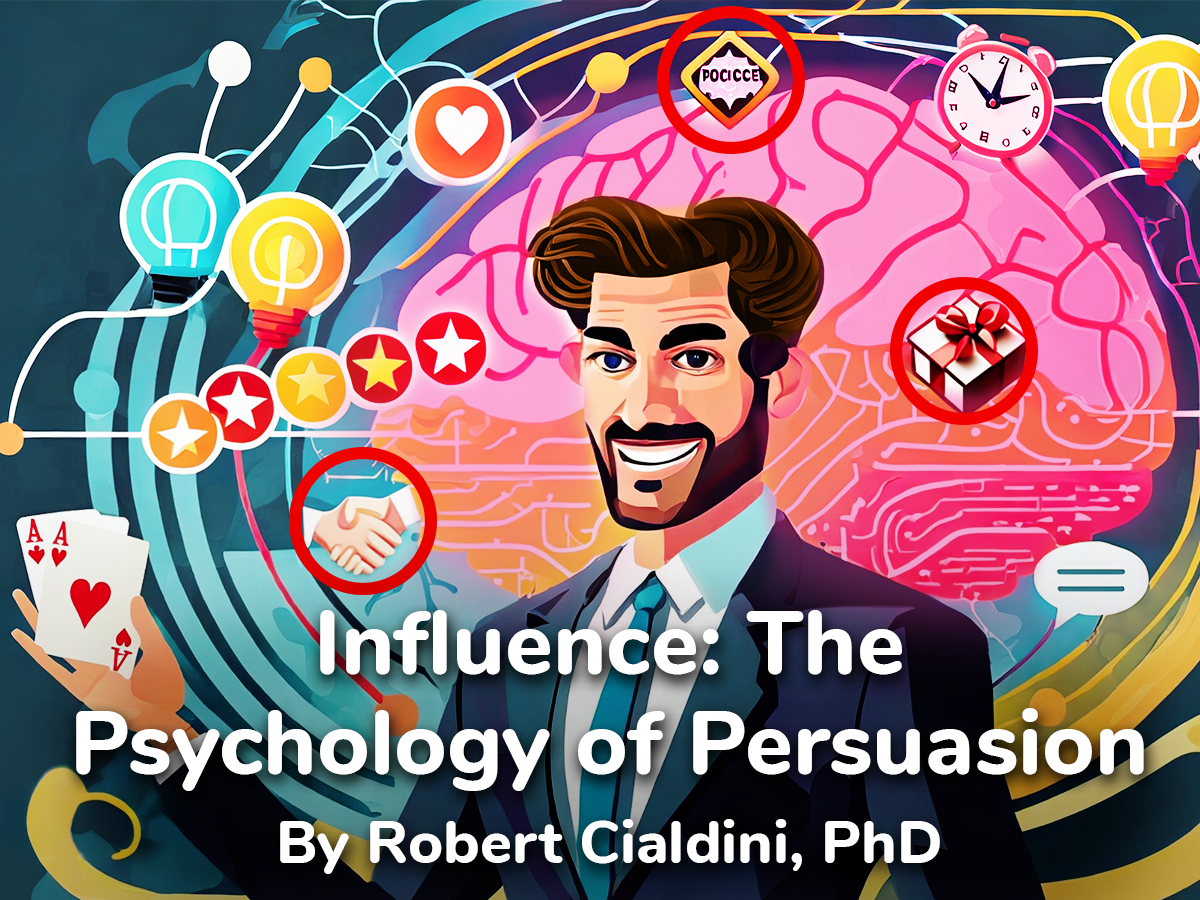



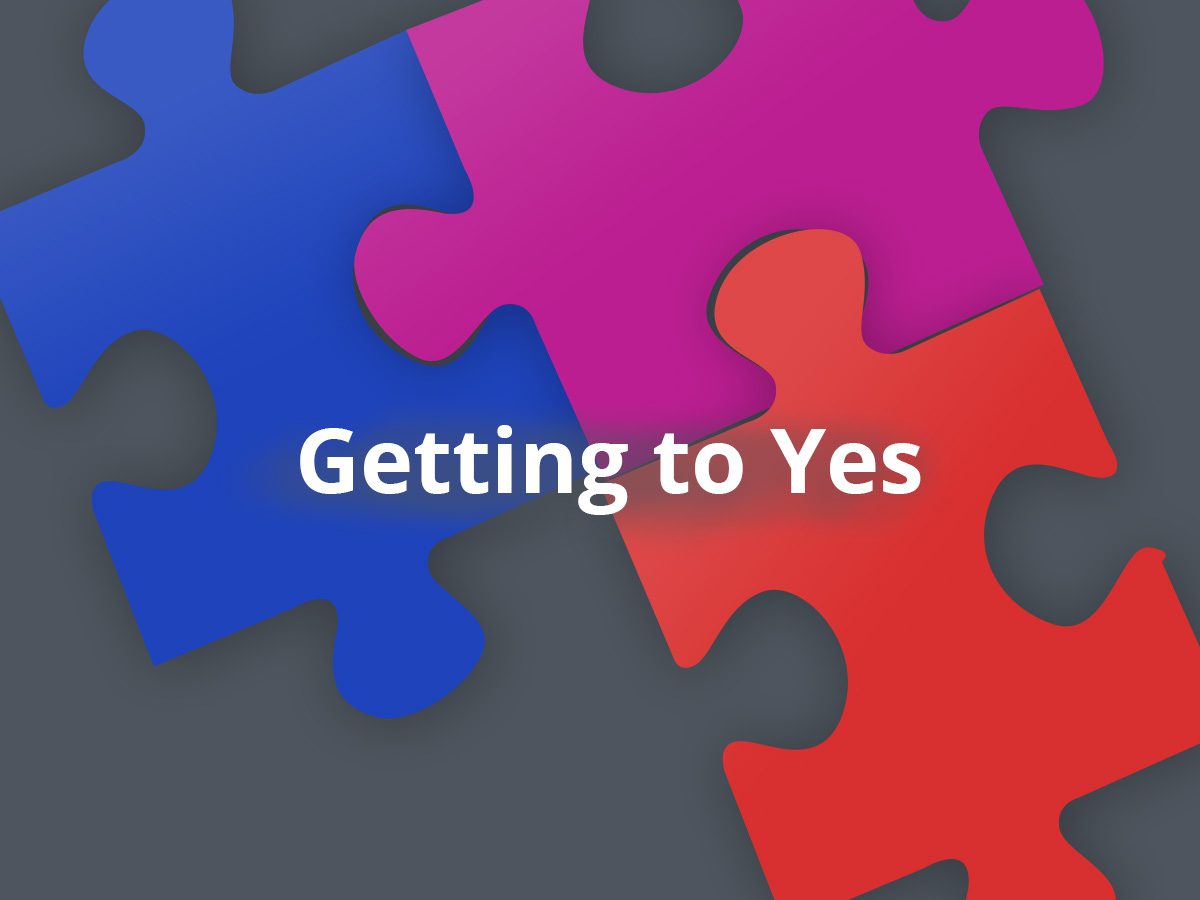
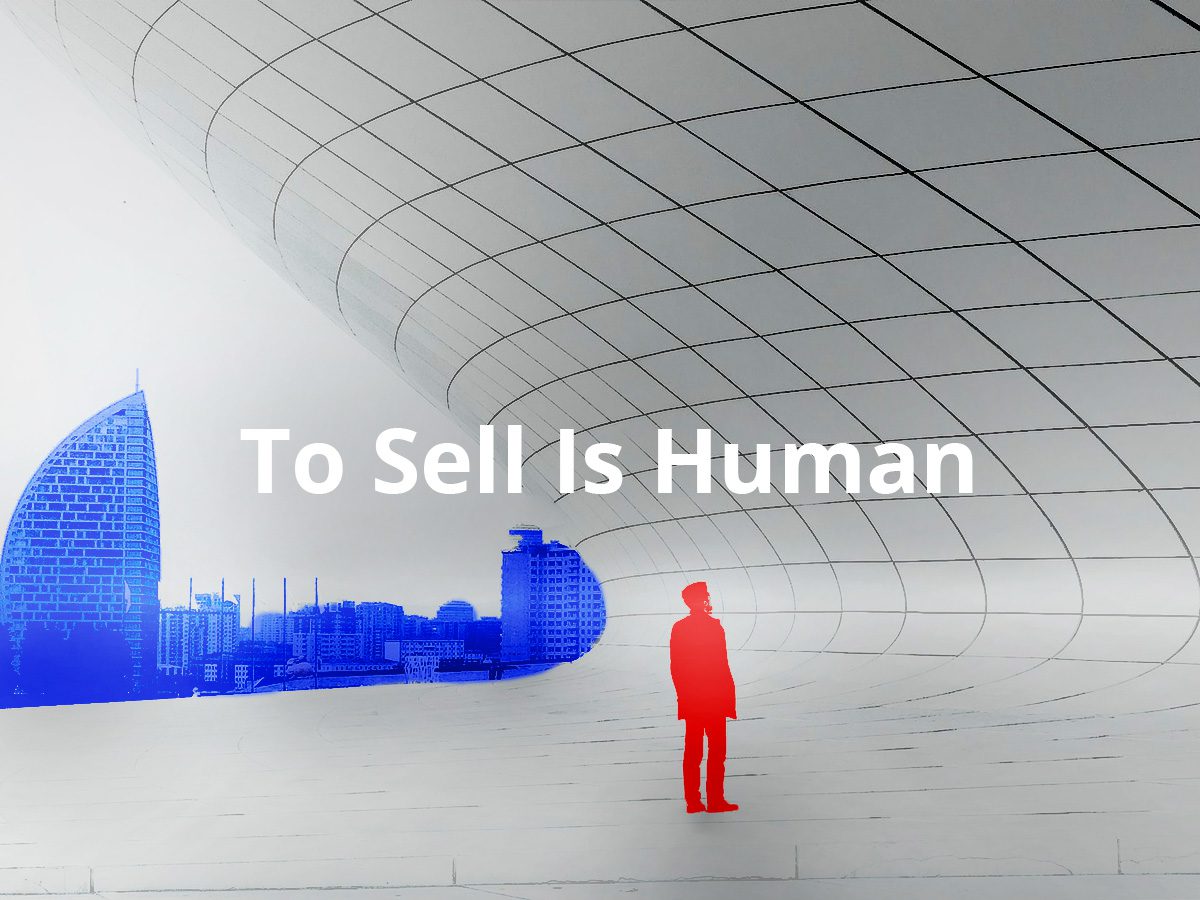
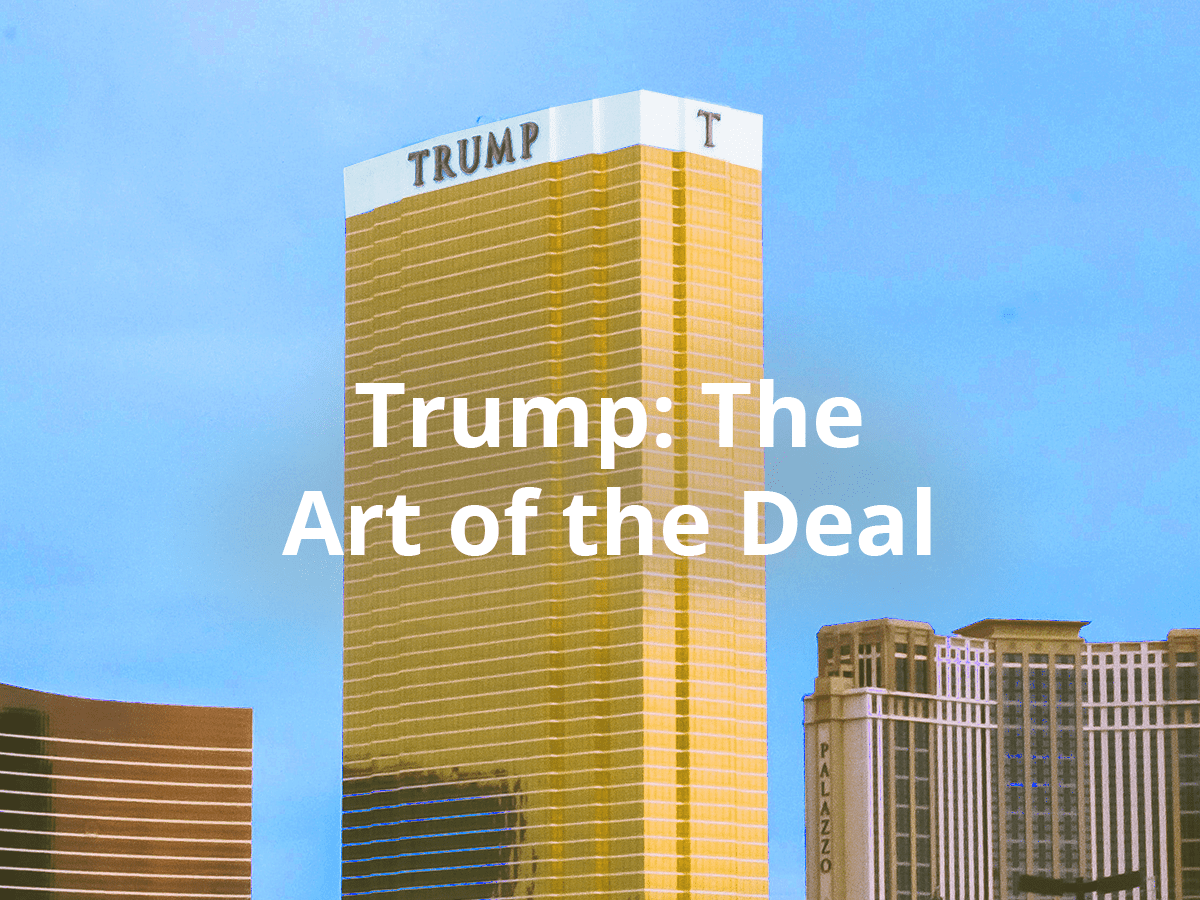
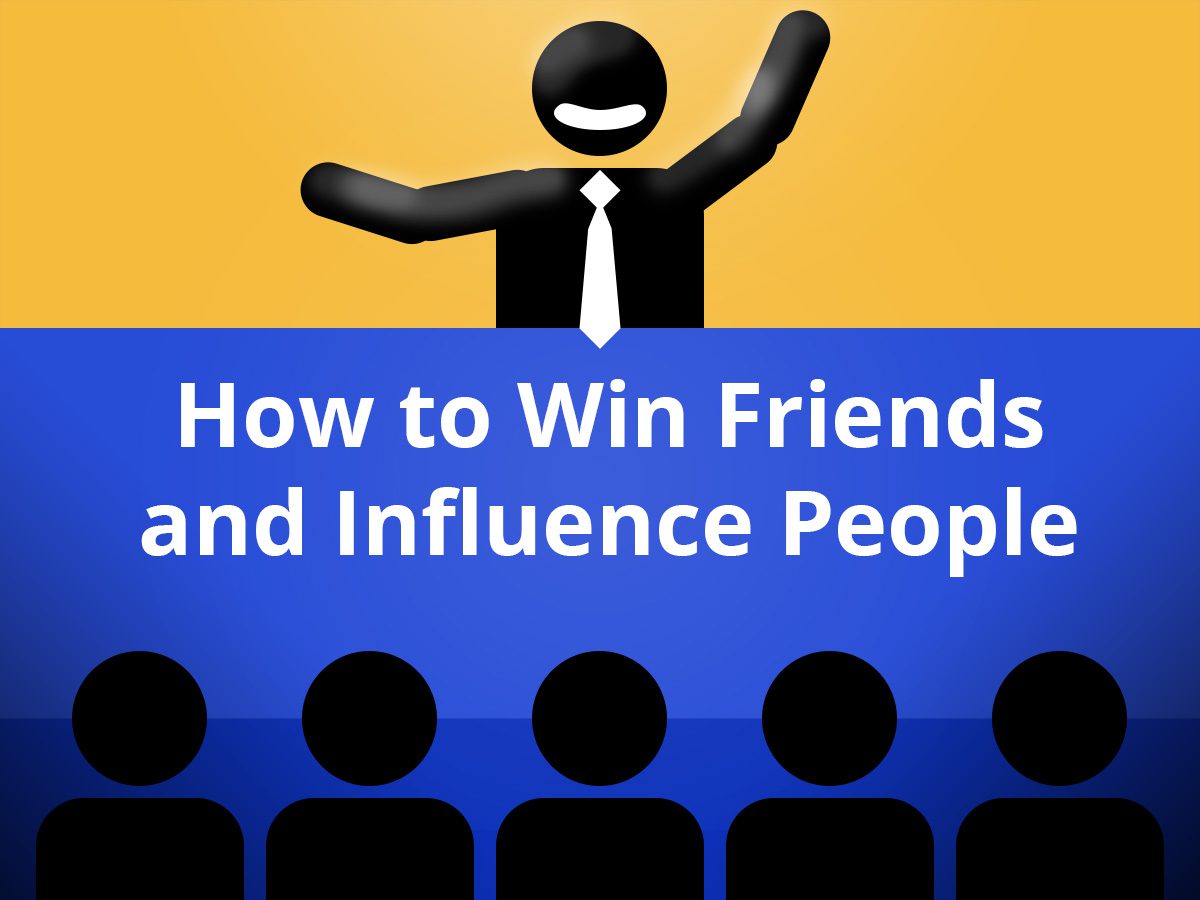



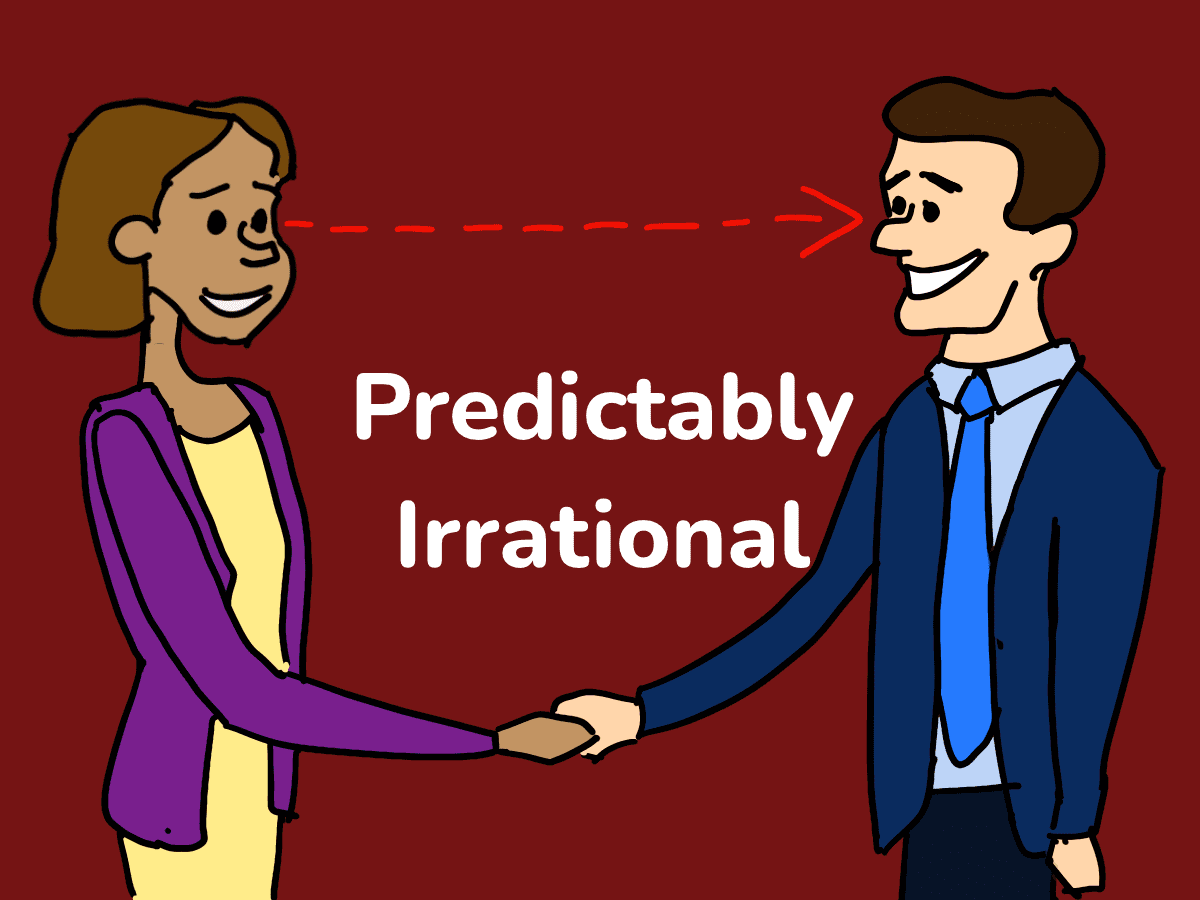
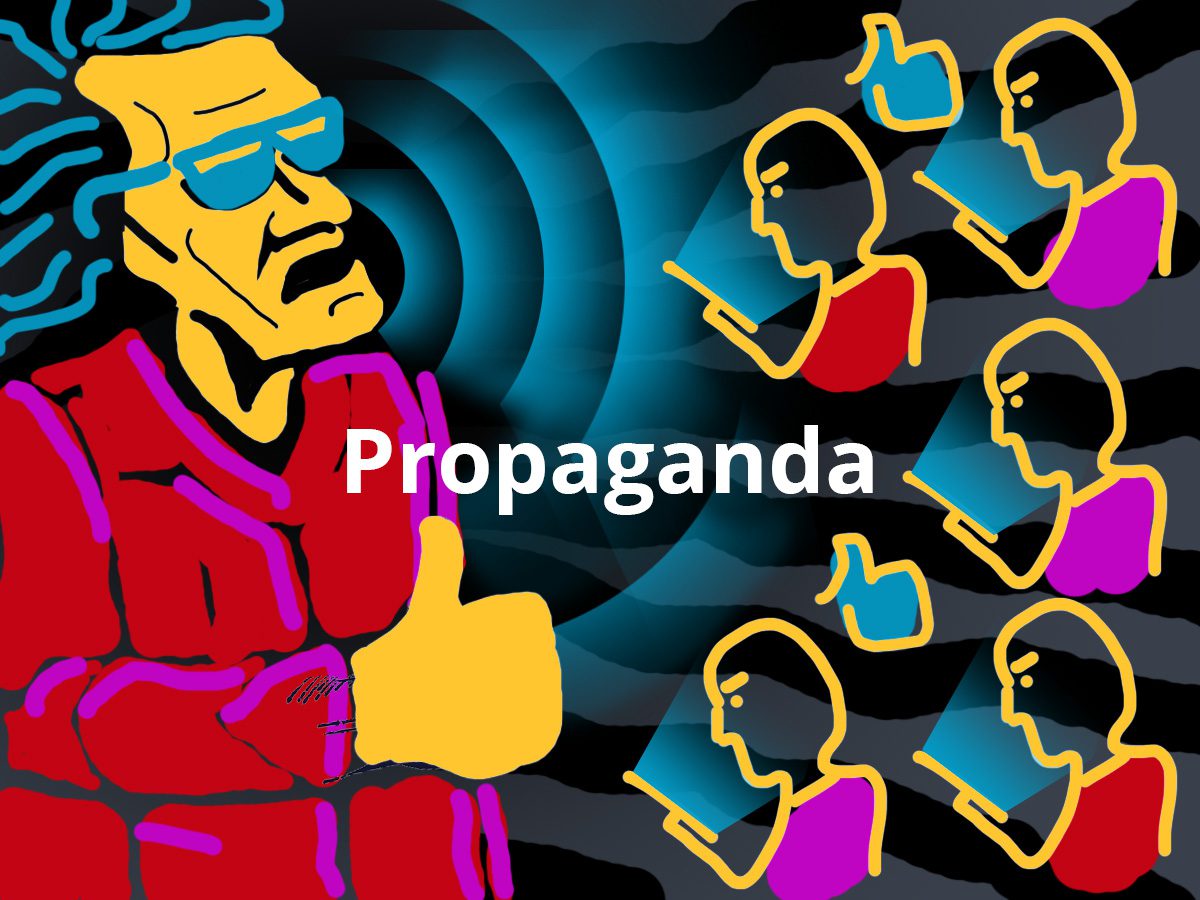
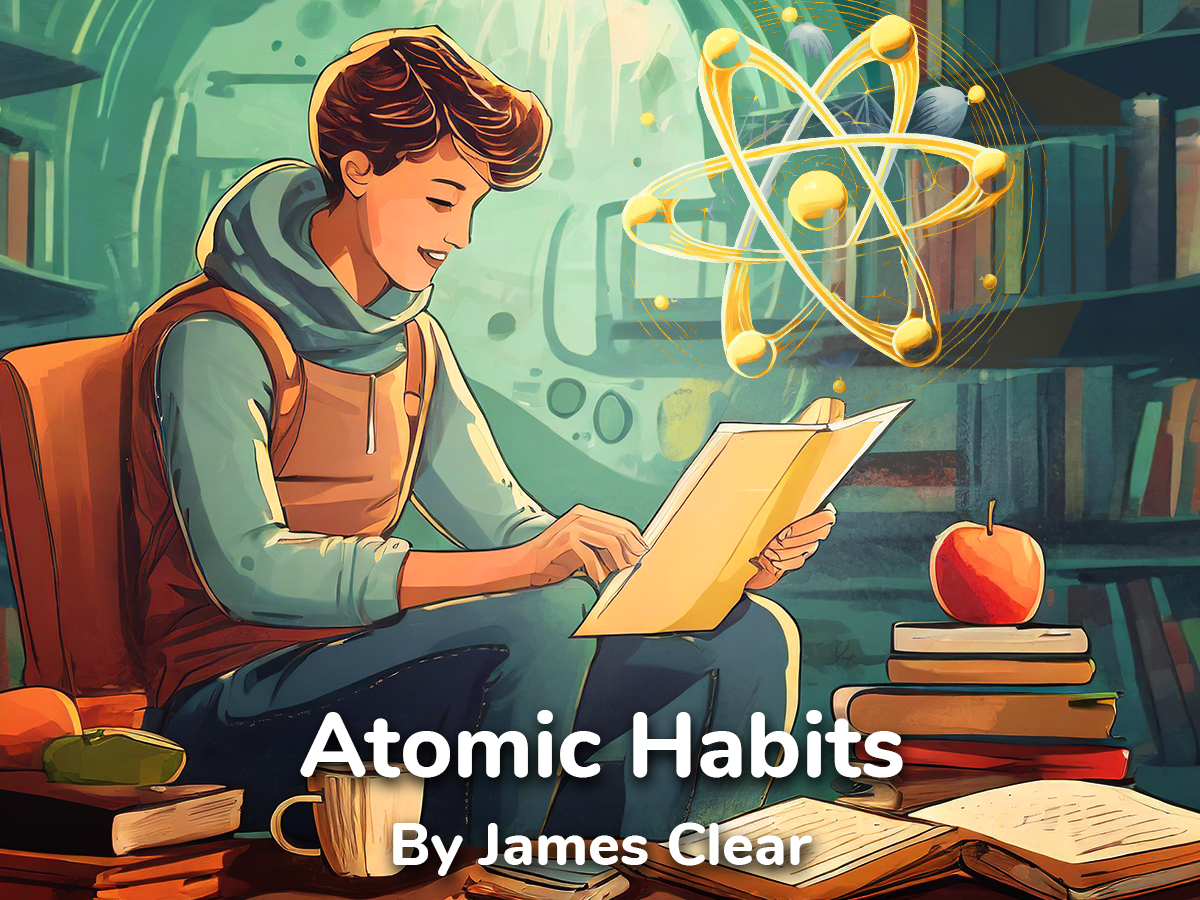

Community Notes